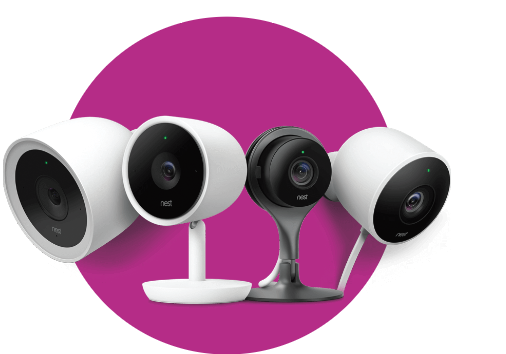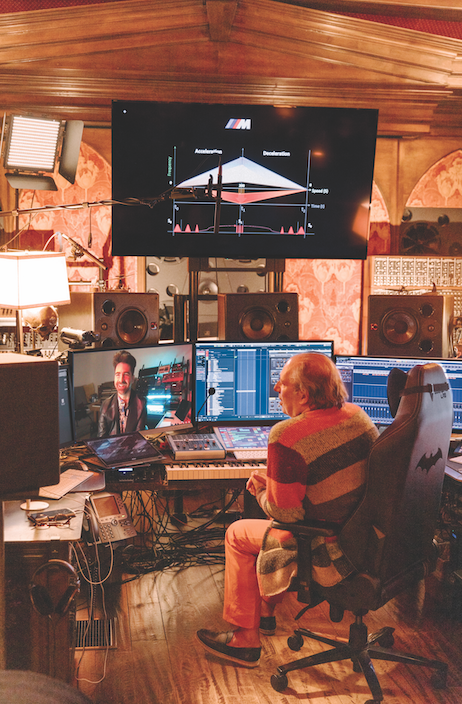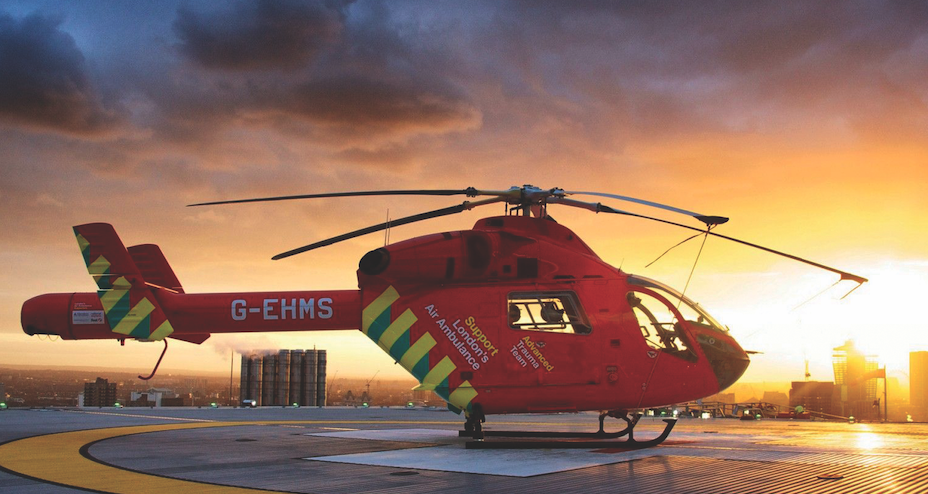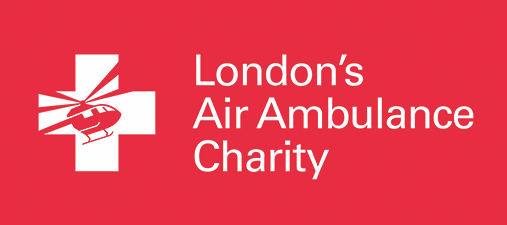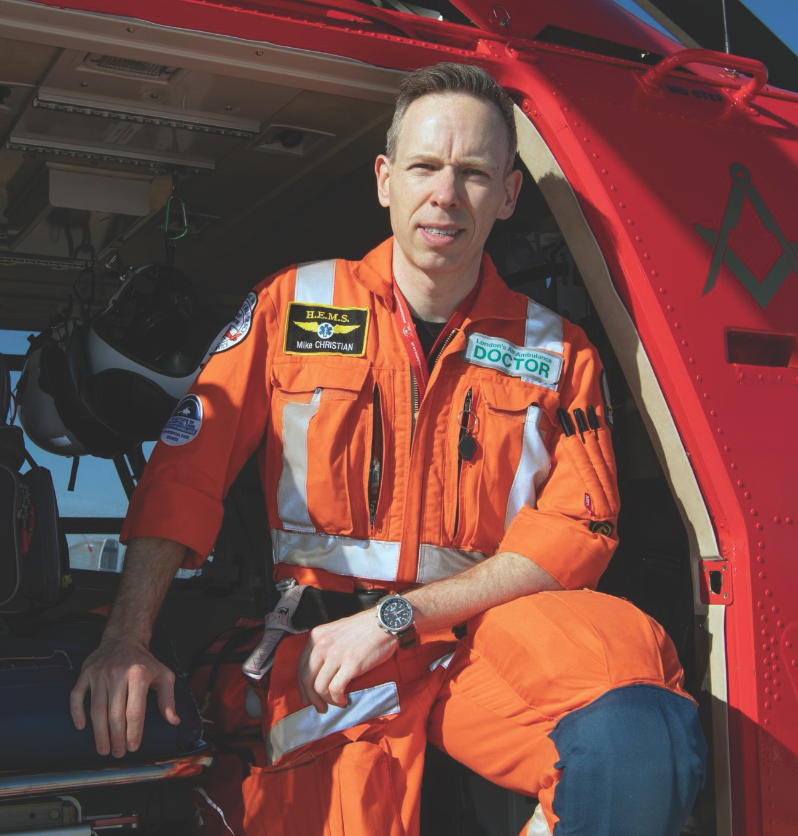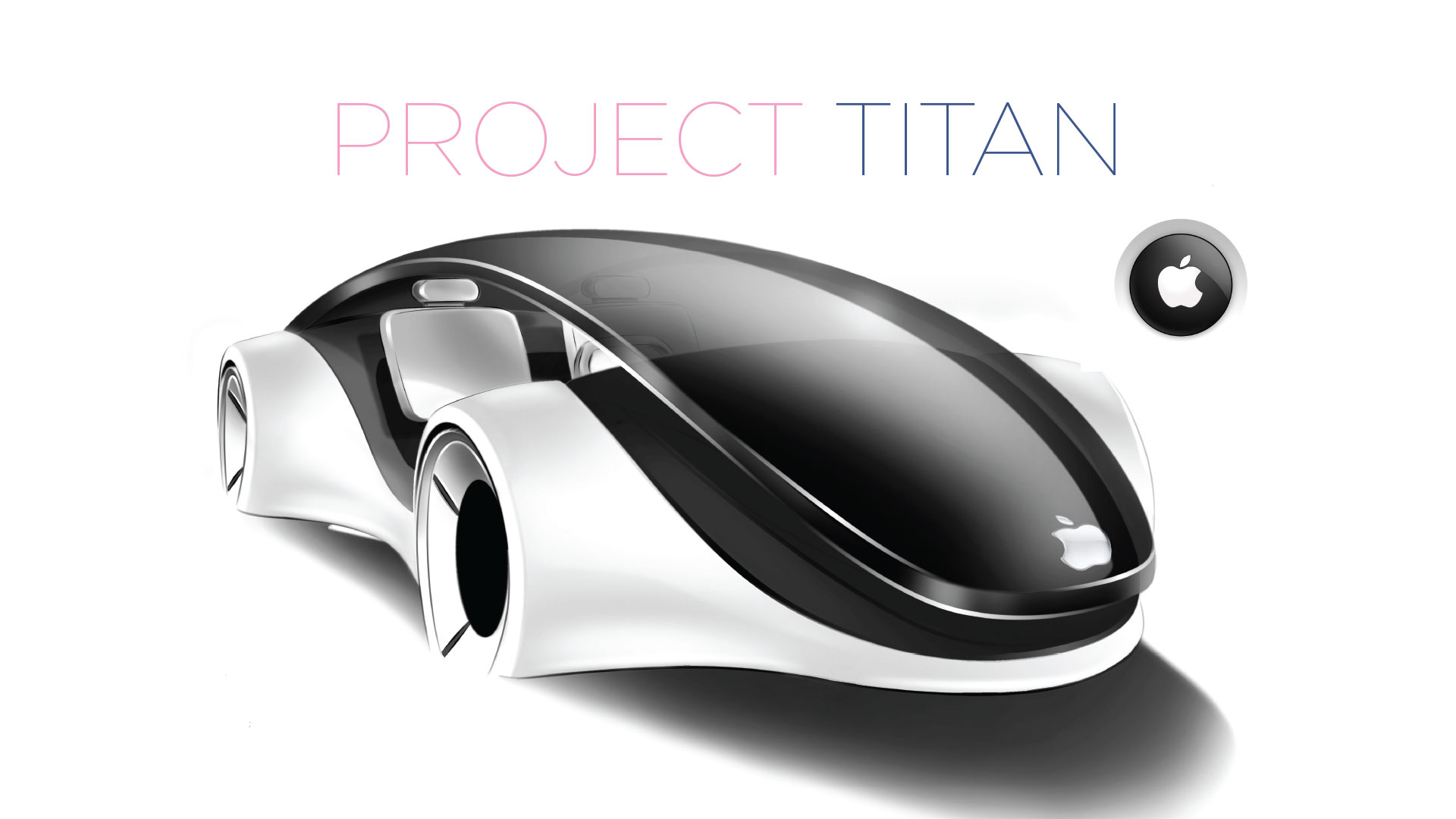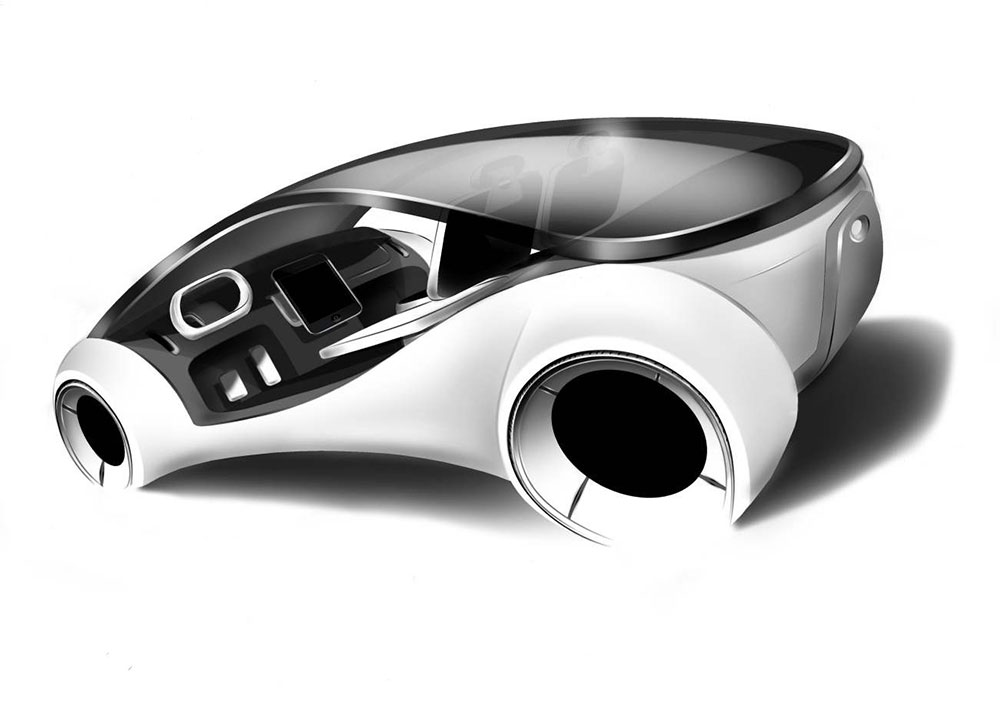Investing into Gibraltar
Investing into Gibraltar sports delivers many returns, both in economic terms and in terms of the health and social benefits that wider participation in sport provides within our community. Regular sporting activity provides both physical and mental health benefits. From a GDP perspective there is also evidence to suggest that investment in Sport increases GDP.
The Government of Gibraltar invested £1,520,970 in the 2019 Island Games, with a perceived uptick to the economy of approximately £3million. Budget 2019 Minister Linares Address.
Investing in sport also helps strengthen our communities and inspire and engage our young people – and this is particularly true at the grassroots level. The achievements of Amanda Carreras, Jack Prior and Seb Desoisa have all been made possible by investments of time, money, energy and expertise in the very early stages of their respective careers.
Through its support of National Associations the Sports Development Unit “SDU” (part of the GSLA) should be a lead contributor to the funding of the development of grassroots and amateur sports in Gibraltar. I am hopeful that government funding will continue to support associations delivering both physical and mental wellbeing, as well as individual, social and community developmental sporting activities.
Supporting grassroots sport will help us become a more active and healthier country, strengthen community cohesion and offering young Gibraltarians the opportunity to develop valuable skills such as discipline, respect, teamwork and self-confidence. These are all values that we share as a small nation. This is why the government should be committed in its support for initiatives from all sides that are aimed at increasing participation in sport.
Yet, it is known that at this time there is considerable pressure on government finances, it is crucial that government, the private sector and the sports community work together to consider new ways of ensuring the long- term financial sustainability of the sports sector. The incredible investment into world class sports facilities, providing ‘a Home’ for many sports should also empower their National Associations to actively commercialise their activities at their respective homes to help fund themselves.
Unfortunately not all sports benefit from exposure to the private sector and Gibraltar’s corporate world. Is there room for the Sports Development Unit or another entity to explore how it might create a funding platform that is supported by the private sector to invest in young Gibraltarian athletes and teams, the answer is of course there is. Could the possibility of a community wide raffle or lottery, as successively seen in the UK through the National Lottery and Sport England the benefactor, the answer is of course there is. Even though the Sports Development Unit is tax payer backed, the role of the Unit could also be to raise private sector funds to match and support its endeavours, not necessarily replace the Government budget for the SDU but sit alongside and ultimately uptick our funding into National Sports Associations.
Currently SDU funding follows a very rigid template, where it is believed a one size fits all works across all 40+ National Associations. Arguably there is not the freedom for associations to apply for these funds based on participation or for initiatives that sit outside the SDU structure so focusing on funding streams from the private sector should be encouraged to meet these shortfalls. It should also be considered that a review or consultation takes place to consider an annual grant to National Associations with monies for them to invest in programmes as they deem necessary to the development of their sport, audited to ensure the following years grant is received.
Another factor for Gibraltar Rugby is that owing to Gibraltar’s political climate, Gibraltar Rugby is not yet members of its world governing body. The primary funding stream into Gibraltar Rugby is through our corporate partners. Being a volunteer led association clears the way from any personal benefit that an organisation might take in rewarding its Board. Our Board members are all volunteers. We are also able to align with our corporate partners by clearly identify areas that benefit the corporate, offering exposure to a large participated sports membership and can evidence where the money is spent within our grassroots back to the corporate. We also fully respect our corporate partners needs, we centrally control all approaches to Gibraltar companies and we ensure we mitigate any conflict with competitors where a corporate deems there to be one thus maximising exposure. We live and breath our core values and that resonates with the message our corporate supporters want their customers to see. The added benefit that there is a 50% tax deduction for business marketing and promotion costs should also encourage Gibraltar National Sport Associations to actively pursue support from industries whom already benefit from a relatively low tax environment. Finally it goes without saying that often leaders of industry often are or were sports persons, they understand the befit of sport, the impact it has made on their own lives and even if the product or exposure doesn’t quite make sense the goodwill factor with supporting a good sporting cause does. That said even for us, in an arguably endemic covid environment and the many political challenges facing us, this is no easy task, we must continue to strive to succeed with partnership within the corporate world as our athletes strive for success on the playing field.







